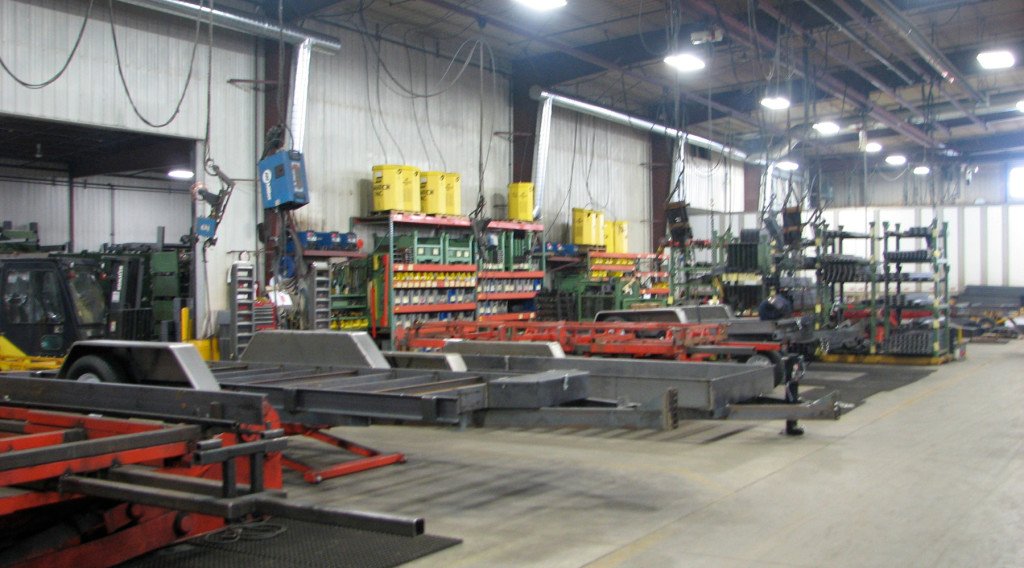Trees are more than just part of the landscape. They provide shade in the summer, shelter from the wind, and fresh air that makes our towns and cities more livable. Yet, as natural as they may seem, trees often need specialist care to stay healthy and safe. This is where tree surgeons play an essential role. From pruning overgrown branches to treating disease and managing storm damage, their work helps protect both the natural world and the communities that live within it. For example, tree surgeons Romford are often called upon to look after urban and suburban trees, ensuring they thrive while keeping homes and public areas safe.
Looking after trees may appear straightforward, but it requires knowledge, skill, and careful decision-making. Every cut, trim, or removal affects not only the tree itself but also the surrounding environment. Skilled professionals like tree surgeons Romford bring together science and practical experience to make sure trees are cared for properly. Their expertise helps balance the needs of people with the health of nature, a balance that is vital for our future.
The Role of Tree Surgeons
Tree surgeons are sometimes described as “doctors of trees” because they diagnose problems and carry out treatments that promote long-term health. However, their role goes beyond basic maintenance. They are responsible for assessing the condition of trees, identifying risks, and making decisions that affect both safety and sustainability. A damaged branch, for instance, may pose a threat to nearby properties or passers-by, while a tree with disease might spread problems to others if not treated quickly.
Beyond safety, tree surgeons also focus on the aesthetic and ecological value of trees. A carefully pruned tree not only looks attractive but also grows more healthily, with improved airflow and reduced risk of breakage. By maintaining trees in this manner, they help preserve green spaces for future generations, supporting both biodiversity and the well-being of residents.
Knowledge, Skills, and Training
Working as a tree surgeon requires much more than physical strength. It involves a deep understanding of tree biology, soil conditions, pests, diseases, and safe working practices. Training usually includes arboriculture, climbing techniques, and the use of specialised equipment such as chainsaws, ropes, and harnesses. Safety is a critical aspect of the job, as tree surgery often involves working at height and handling powerful tools.
Tree surgeons also need to understand the laws and regulations surrounding tree management. In the UK, certain trees may be protected under Tree Preservation Orders (TPOs), meaning they cannot be cut down or altered without permission from the local authority. This adds another layer of responsibility to their work, as they must balance practical decisions with legal requirements.
Environmental Benefits of Tree Surgery
Trees contribute significantly to the health of the planet, and tree surgeons play a part in maintaining these benefits. By removing deadwood, managing disease, and encouraging healthy growth, they ensure that trees continue to absorb carbon dioxide, release oxygen, and provide habitats for wildlife. Urban areas especially benefit from well-maintained trees, which help reduce pollution, cool streets during heatwaves, and even improve mental well-being.
Tree surgeons also help communities adapt to changing climates. With increasing storms and unpredictable weather, weakened trees pose greater risks of falling. By inspecting and maintaining trees, these professionals reduce the chance of accidents while preserving the beauty and ecological role of green spaces.
Everyday Tasks of Tree Surgeons
The work of a tree surgeon is varied, covering everything from routine care to emergency response. Common tasks include:
- Pruning and trimming – Removing excess or damaged branches to encourage healthy growth and improve safety.
- Felling – Taking down trees that are dead, diseased, or dangerous.
- Crown reduction – Reducing the height or spread of a tree to make it safer or more suitable for its environment.
- Stump grinding – Removing tree stumps after felling to clear space and prevent regrowth.
- Disease management – Identifying and treating infections or infestations that could spread to other trees.
Each of these tasks requires precision and an understanding of how the tree will respond in the long term. That is why professional tree care is so important compared to untrained cutting or trimming.
Tree Surgeons and Communities
In many towns, tree surgeons are part of the unseen workforce that keeps daily life running smoothly. Roads are kept clear of fallen branches, schools and parks remain safe for children, and homeowners can enjoy gardens without worrying about dangerous overhanging limbs. In areas like Romford, where urban life meets green spaces, the role of tree surgeons Romford becomes particularly vital. They manage trees in busy residential areas, along streets, and in public parks, ensuring a safe and pleasant environment for everyone.
Tree surgeons also contribute to community projects, such as planting schemes or the creation of woodland areas. Their knowledge of tree species and planting conditions helps ensure new trees grow successfully, adding to the long-term greenery of towns and cities. In this way, they are not only caring for the present but also planting seeds for the future.
Looking Ahead: Why Their Work Matters for Tomorrow
The importance of tree surgeons will only grow in the years to come. As urban populations increase and climate change places new pressures on the natural world, the need to manage and protect trees will become even more urgent. Their skills will be key in adapting landscapes to meet these challenges, whether through strengthening existing trees, planting new ones, or responding to environmental threats.
By caring for trees today, tree surgeons are also caring for tomorrow. They ensure that future generations inherit towns and cities with healthy green spaces, cleaner air, and thriving wildlife. Trees are not just part of our present environment; they are an investment in our future wellbeing. The work of tree surgeons reminds us that every branch trimmed and every tree saved contributes to a more sustainable and liveable world.
Conclusion
Caring for trees may not always be visible work, but everyone feels its impact. From reducing risks and improving safety to supporting biodiversity and fighting climate change, tree surgeons play a vital role in protecting both people and nature. Their knowledge, skill, and dedication allow trees to flourish in settings where they might otherwise struggle, from crowded streets to changing climates.
Communities across the UK benefit from their expertise, whether in small gardens or large parks. In places like Romford, tree surgeons Romford continue to ensure that trees remain an asset to the area, blending beauty with safety and ecology with community needs. As we look to the future, the work of tree surgeons will remain essential in building greener, healthier, and more sustainable towns and cities. By caring for trees, they are genuinely caring for tomorrow.



